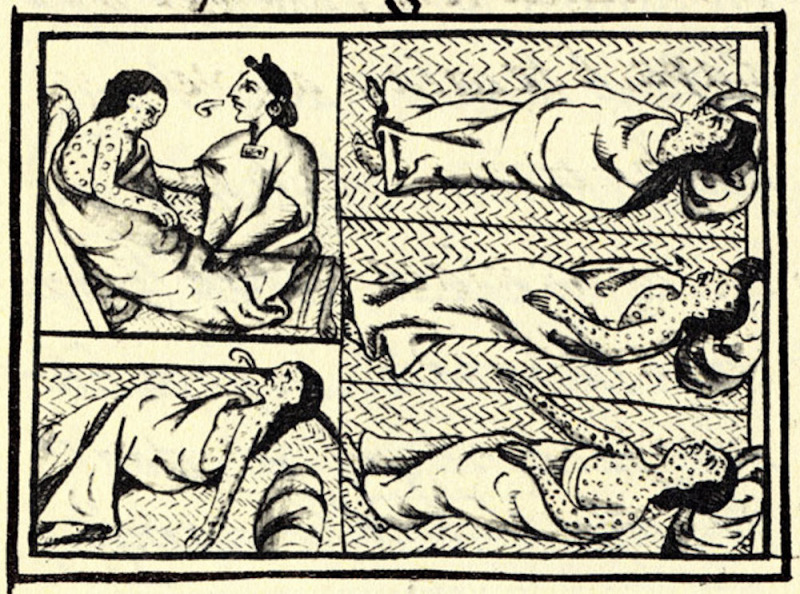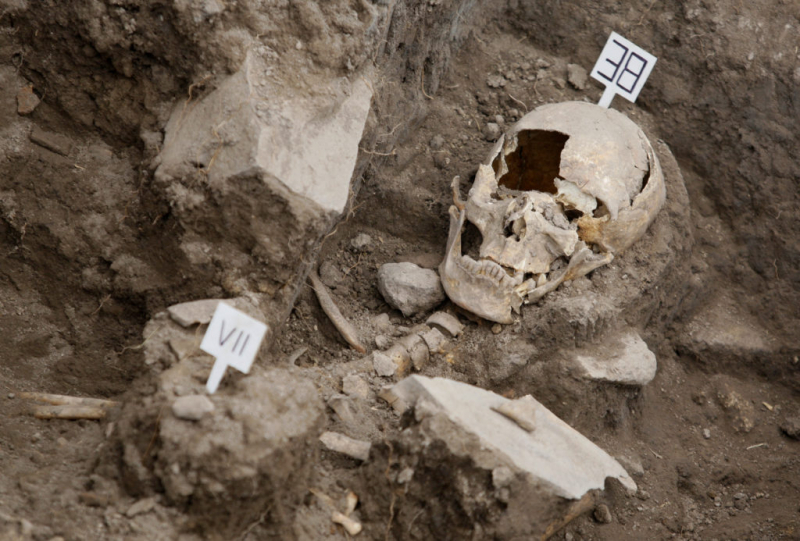The Aztecs Probably Died out Because of Smallpox
When people began to have high fevers, headaches, and bleeding from the eyes, mouth, and nose in 1545, calamity struck Mexico's Aztec nation. In most cases, death occurred within three or four days. Within five years, an epidemic known as "cocoliztli" took off up to 15 million individuals, accounting for around 80% of the population. The Aztec Nahuatl language has a word for plague. Its cause, on the other hand, has been debated for about 500 years.
People now refer to it as Smallpox. When the Spaniards attacked the Aztecs' houses, they carried smallpox with them. Because the Aztecs had never had smallpox before, it was highly contagious, and many died. Smallpox is caused by an inhaled virus that produces fever, vomiting, and a rash, followed by fluid-filled blisters covering the body. These develop into scabs, leaving scars. In about one-third of instances, the condition is fatal, and another third of individuals who contract it develop blindness.
Because they had never been exposed to the virus and consequently lacked natural immunity, the native peoples of the Americas, notably the Aztecs, were extremely vulnerable to smallpox.
The Aztecs were affected by smallpox in a variety of ways. To begin with, it killed numerous of its victims, particularly newborns and little children. Many more adults were rendered helpless by the epidemic, either because they were sick, or because they were caring for ailing relatives and neighbors, or because they just lost the desire to resist the Spaniards as disease ravaged those around them. Finally, individuals were unable to tend to their crops, resulting in widespread starvation and severely weakened immune systems among those who survived the disease.












